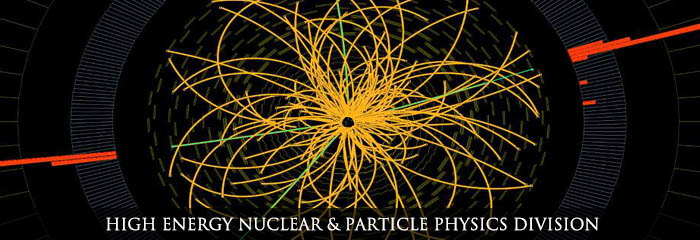SAHA INSTITUTE OF NUCLEAR PHYSICS
Department of Atomic Energy, Govt. of India

SINP team has also successfully commissioned the High Level Trigger for Muon Spectrometer in May, 2010. On the theoretical domain, the photon spectra in anisotropic quark-gluon-plasma (QGP) have been calculated and compared with the experimental data measured at RHIC, BNL. We have also have explored the possibility of para-ferro phase transition in dense quark system which may be realized at the core of neutron stars. We have also calculated a charge symmetry violating potential due to rho-omega and pi-eta mixing for asymmetric nuclear matter. The nuclear structure studies are being pursued at the two Pelletron Accelerator Centres at Delhi (IUAC) and Mumbai (BARC-TIFR) using the Indian National Gamma Array (INGA). The primary object of these studies has been to understand the various excitation modes through which the high angular momentum states are formed. In our group, we have been working in mass-100 region and have studied the properties of 103,104,108,109,110Ag and 105,106,108,109,110Cd. This systematic study has revealed both interplay and competition between collective rotation and Shears mechanism in this mass region. The Division has three Faculties, seven research students (currently), one scientific officer and two technicians working in the fields of experimental and theoretical high energy nuclear physics and nuclear structure studies at high spins. Two students have been awarded the Ph.D degree in 2008 and 2009. In last 5 years, a total of 31 research publications in referred journals have been published.